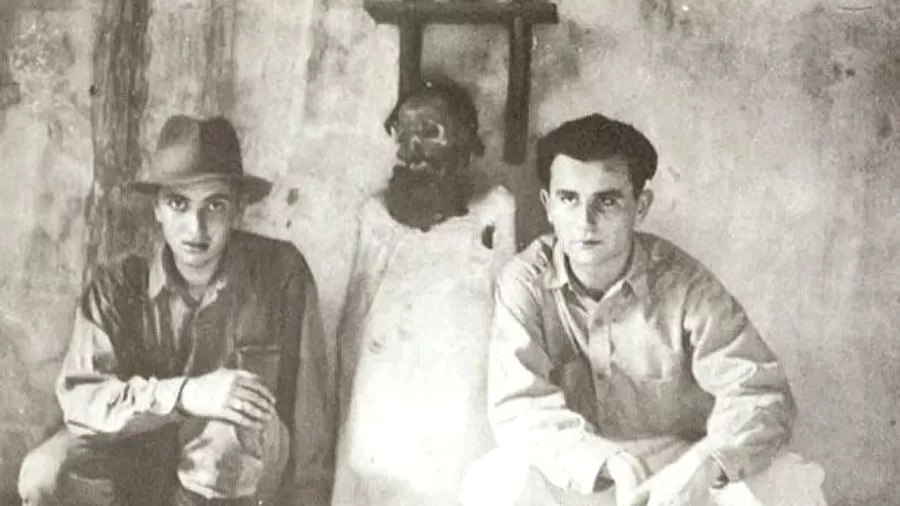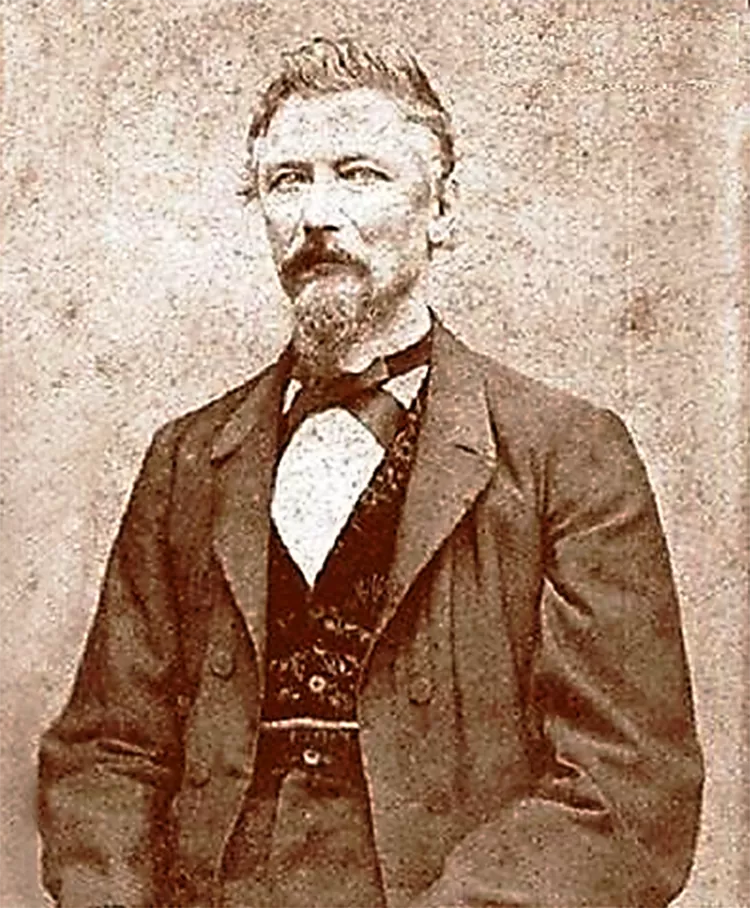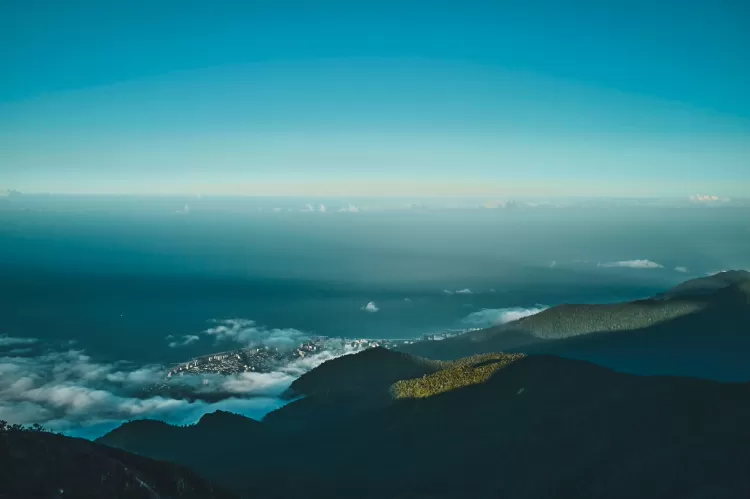By Felipe van Deursen
Ironies aside, let’s get out of the zap zombie clichés? Venezuela is much more than a dictatorship exporting refugees and migrants.
In the 19th century, before the discovery of oil, when the economy was based on coffee and cocoa, and the political situation was very unstable (more so than today), the country received few immigrants.
There was a community of Corsicans and another of Germans, nothing much more than that.
One of these immigrants was a mysterious doctor who lived on a farm in the middle of the jungle. There, he became a reference in mummifying corpses.

Gottfried Knoche was a German doctor who moved to Venezuela in 1845 to serve his country’s community in the city of La Guaira, on the country’s coast near Caracas.
He treated all kinds of patients and was recognized for his fight against cholera, a disease that had been plaguing the population.
Once established, he brought his wife and daughters and set foot on the beautiful Caribbean coast.
If on a day-to-day basis, his job was to try to keep people alive, after hours, his interest was in the dead.
Knoche had a great interest in embalming processes.
He took advantage of the bloody days of the Federal War, one of the many armed conflicts in 19th-century Venezuela, to experiment on the bodies of dead and unidentified soldiers.
The surgeon collected the corpses and transported them by mule to a farm he had bought to spend weekends on.
There he built a house in the style of those built in the Black Forest, the sphinx-like fairy-tale region of southwest Germany – which, let’s face it, only served to further shroud this peculiar character in the mystery.
Knoche eventually moved to the farm, which, over a thousand meters above sea level, was much cooler than the coast (his wife suffered greatly from the sweltering heat of La Guaira).
In addition, the house, with its large windows, offered an inspiring view of the coast.
“One has the impression that we have been taken out of the tropics to abruptly penetrate the celebrated Grand Duchy of Baden,” wrote one visitor to the house.
“We are in the middle of Germania, so they proclaim from the furniture to the paintings and tapestries that proclaim the culminating epic episodes of the ancient empire.”
HOUSE OF MUMMIES
In the laboratory he set up on the estate, Knoche developed a liquid to be injected into the corpses and preserve them without the need to remove organs.
“The corpses had only a 6-centimeter incision along the neck, which was sutured, from which it can be deduced that the embalming fluid was injected through the right carotid artery,” explains an article in the ‘Revista de la Sociedad Venezolana de la Historia de la Medicina’.
The formula is not known, but it was probably aluminum chloride based.

He treated dozens of bodies, which earned him fame and anecdotes. It was even said that Tomás Lander, an important politician, and journalist, had been mummified and placed sitting in front of his house.
The body would have remained there for 40 years.
That is probably not true, because Lander died in 1845 before Knoche created his liquid. Still, the mummy maker was able to apply his method to important personalities.
This was the case of Francisco Linares Alcántara, president of the country, who died suddenly in 1878 in La Guaira.
The official version speaks of complications from a lung disease, but, in the small talk of the streets, he was poisoned.
Knoche erected a mausoleum for him and his family on the estate.
Although prestigious and respected in society, after all, he was a doctor who had truly dedicated himself to fighting an overwhelming epidemic, he lived increasingly reclusive.
A woman who visited in 1890 stated the following:
“He is a very strange man. Upstairs in his garden is a tombstone that reads: ‘Here lies Dr. Knoche, born on such and such a day and year – I can’t remember the date – and deceased?”, the latter date is blank. He sits there with two sisters who live with him and lets his imagination run wild about how nice it will be when he rests there.”
“Then he took me by the arm paternally, took me into his office, and said to me, ‘Now don’t be afraid, I have some dead people here that I live with.’ And there was a man and a woman, a girl and a worker, with their pipe in their mouths, fully dressed, but…. They were corpses.”
“They had offered themselves while they were still alive so that when they died, they would be covered with a substance invented by Dr. Knoche. The corpses looked at me so tenderly with their glass eyes that it seemed as if they were alive.”
The German died in 1901 at the age of 87.
His assistant, Amalie Weismann, applied the serum to him. Twenty-five years later, family members occupied the mausoleum almost entirely (similarly embalmed dogs were said to guard the place).
There was only one more grave, reserved for Amalie.

She invited the German Consul, Julius Leisse, to come up the mountain, hear her story, and learn the secrets of the estate.
Amalie died soon after, and the consul ensured that the dose prepared by the late doctor decades earlier was injected into the woman’s body.
Leisse locked the mausoleum and threw the key inside. But the wish of the farm’s last survivor was short-lived. In 1929, an expedition found that the tombs had been violated.
HOW THE FARM LOOKS TODAY
Decades of abandonment followed, nature overwhelmed the land, and little or almost nothing remained of the manor.
The property today lies within the boundaries of the Waraira Repano National Park (known as El Avila), a popular Venezuelan ecotourism destination full of forest trails at altitudes ranging from 120 to 2,765 meters.
Tour companies organize full-day tours to the ancient mausoleum.
In 2009, the site underwent restoration and gained replicas of the mummies – the originals were long lost. Little remains of the legacy of the mysterious doctor who left Germany for the exuberant nature of Venezuela, where he lived surrounded by embalmed bodies, until he became one of them.
With information from UOL

